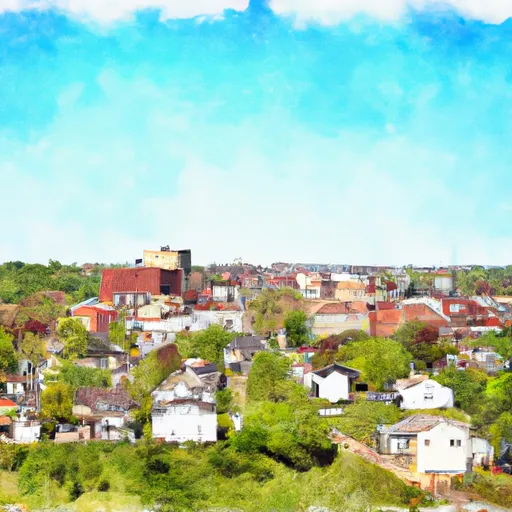°F
°F
mph
Windspeed
%
Humidity











West Mansfield, Ohio is a charming village located in Logan County. The climate in West Mansfield is characterized by warm summers and cold winters. The average high temperature in the summer months hovers around 85°F, while winter temperatures drop to an average low of 20°F. Precipitation is evenly distributed throughout the year, with an average annual rainfall of 40 inches and around 20 inches of snowfall.
The hydrology constituents in West Mansfield are mainly influenced by the nearby Miami River. The river plays a significant role in the village's landscape, providing opportunities for various water activities such as fishing, canoeing, and kayaking. The surrounding area is also dotted with small ponds and streams, enhancing the hydrological diversity.
Outdoor enthusiasts will find plenty of recreation opportunities in West Mansfield. The nearby Zane Shawnee Caverns and Southwind Park offer hiking trails, picnic areas, and opportunities for wildlife observation. Residents and visitors can also enjoy camping, birdwatching, and hunting in the surrounding woodlands. With its picturesque landscapes and diverse hydrology, West Mansfield is a haven for outdoor enthusiasts and nature lovers alike.
Weather Forecast
West-Mansfield receives approximately 978mm of rain per year, with humidity levels near 80% and air temperatures averaging around 11°C. West-Mansfield has a plant hardyness factor of 6, meaning plants and agriculture in this region thrive during a short period during spring and early summer. Most plants will die off during the colder winter months.
Nearby Snowpack Depths
2
Inches
Regional Streamflow Levels
1,050
Cubic Feet Per Second
1,150
Cubic Feet Per Second
66
Cubic Feet Per Second
56
Cubic Feet Per Second
Nearby Camping
| Camping Area | Reservations | Toilets | Showers |
|---|---|---|---|
| Sterling State Park | |||
| Wayne County Fairgrounds RV |



